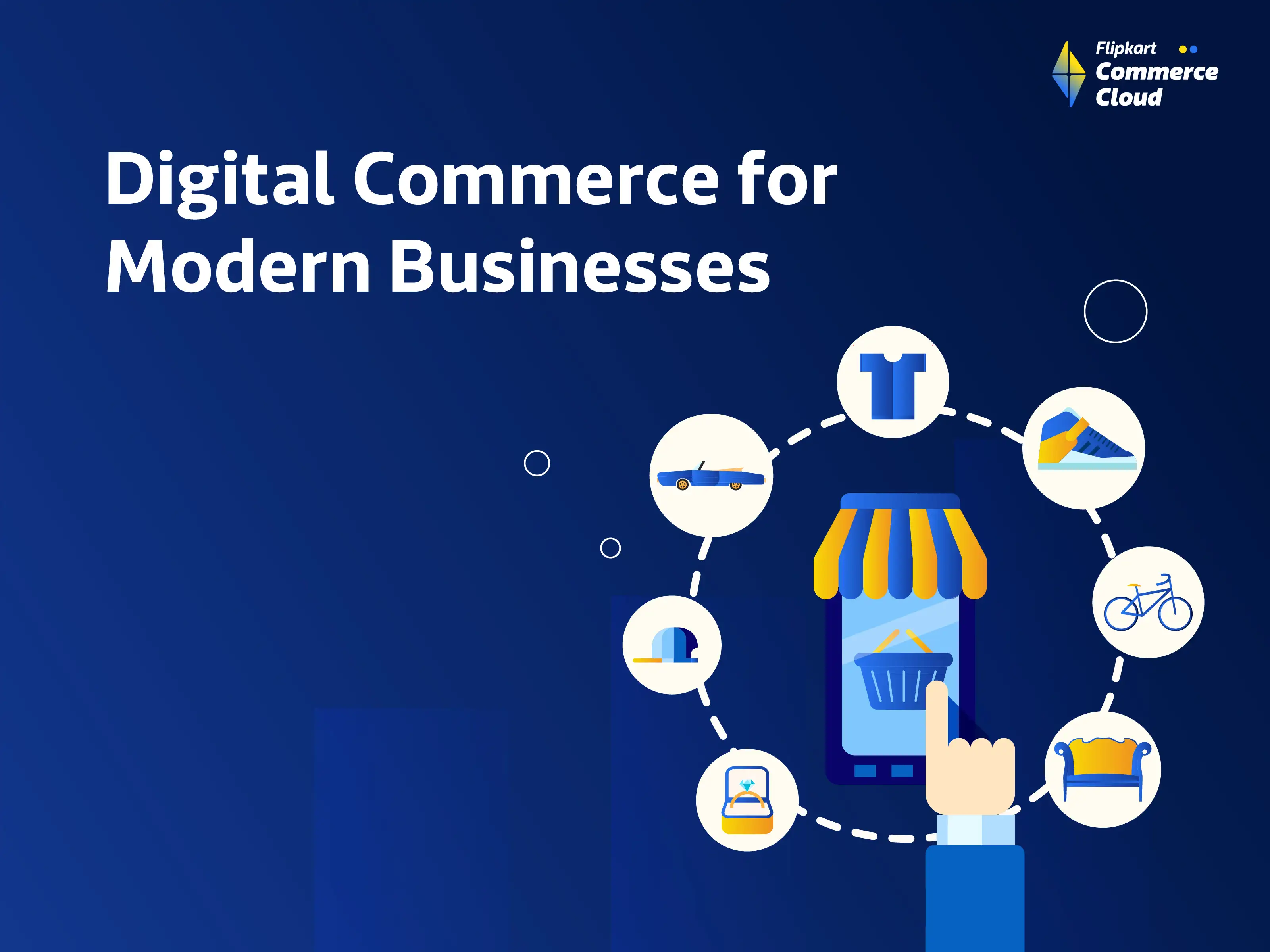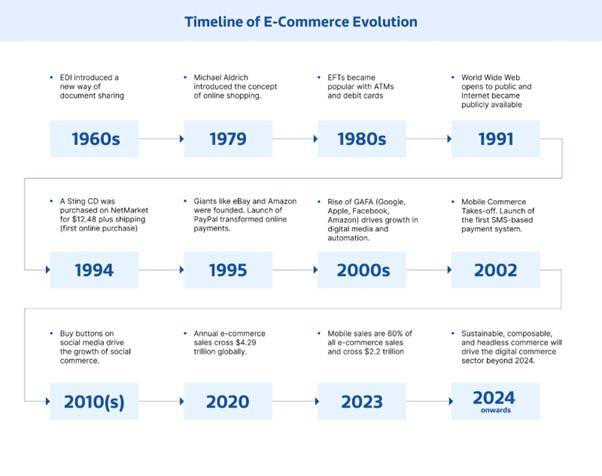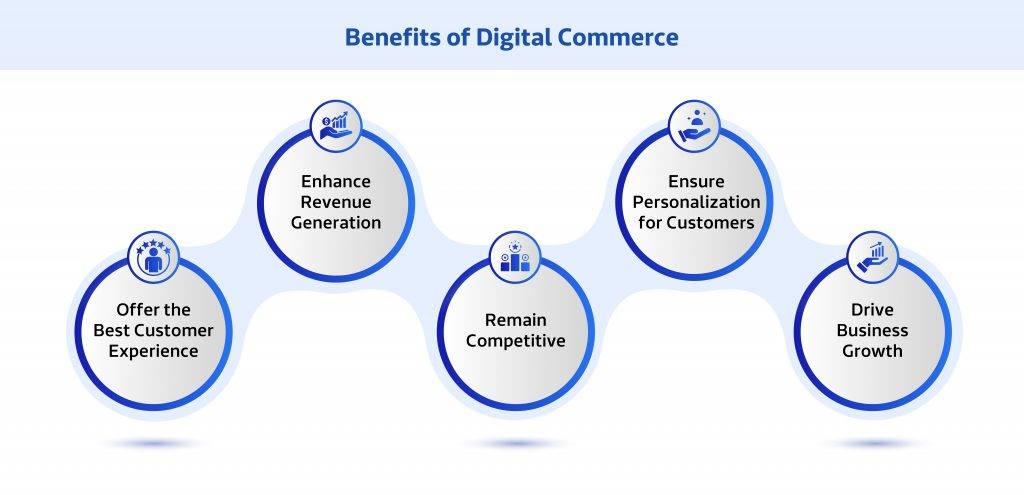FAQ
An example of digital commerce is a customer browsing an online store on their smartphone, purchasing a product using a digital wallet, receiving a shipping confirmation via email, and tracking the delivery through a mobile app.
The 4 types of e-commerce are Business-to-Consumer (B2C), Business-to-Business (B2B), Consumer-to-Consumer (C2C), and Consumer-to-Business (C2B).
With a digital commerce degree, you can pursue careers in e-commerce management, digital marketing, supply chain and logistics, data analysis, product management for online platforms, or roles focusing on web analytics and customer experience.
Another common word for digital commerce is e-commerce (electronic commerce), although digital commerce is often considered a broader term that includes all digital aspects of a transaction, not just the final purchase.
AI plays a critical role in digital commerce by enabling personalized product recommendations, automating customer service through chatbots, optimizing dynamic pricing in real-time, predicting demand, and improving fraud detection.
To start a digital e-commerce business, you must first identify a niche and source products, build an online store (e.g., using platforms like Shopify or WooCommerce), set up payment gateways, create a digital marketing plan, and establish reliable fulfillment and shipping processes.
The difference between e-commerce and digital commerce is that e-commerce traditionally refers to the transaction itself (the exchange of money for goods online), while digital commerce is a broader term encompassing all the digital tools, data, and processes that facilitate and drive that transaction, including marketing and logistics.
The three common types of digital platforms are Transactional Platforms (facilitating direct exchanges, like e-commerce marketplaces), Innovation Platforms (providing technology that others can build on, like operating systems), and Integration Platforms (connecting different software systems, like APIs).
More Blogs
See how retailers and brands are winning with FCC
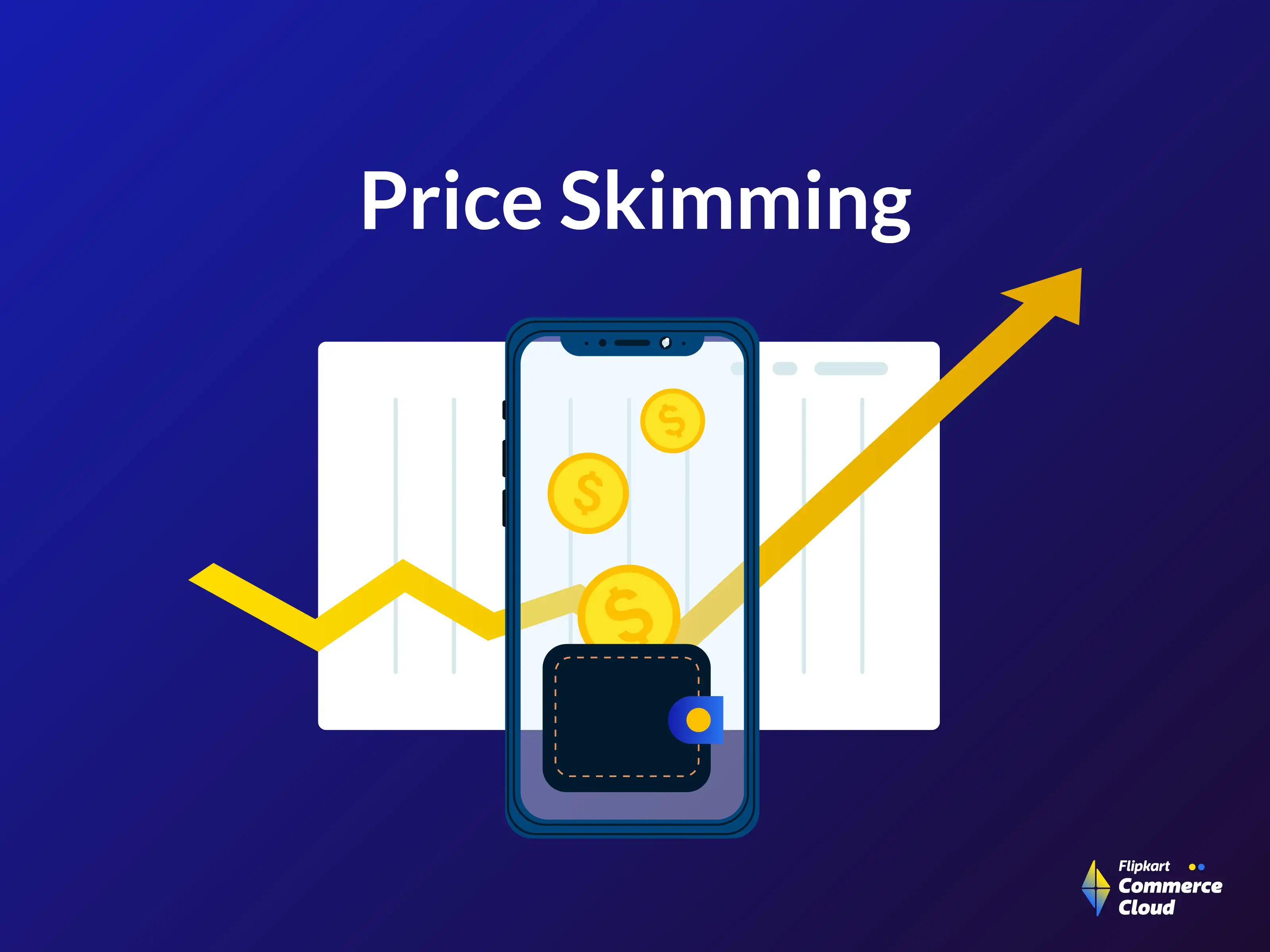
Everything About Price Skimming Strategy Explained
Read More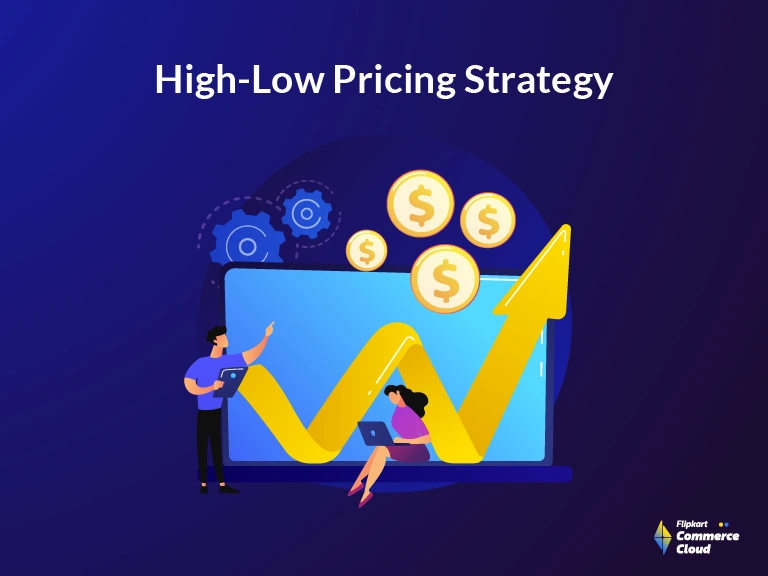
What is a High-Low Pricing Strategy?
Read More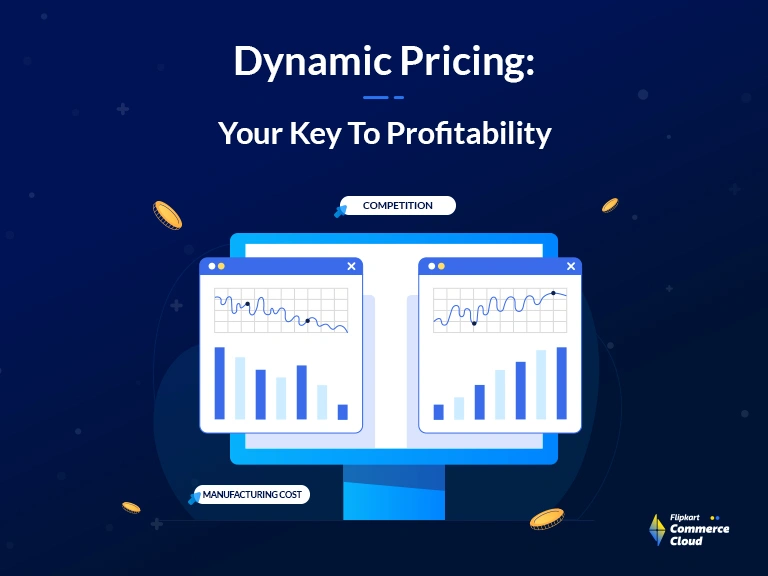
Ultimate Guide To Dynamic Pricing Strategy In 2026
Read More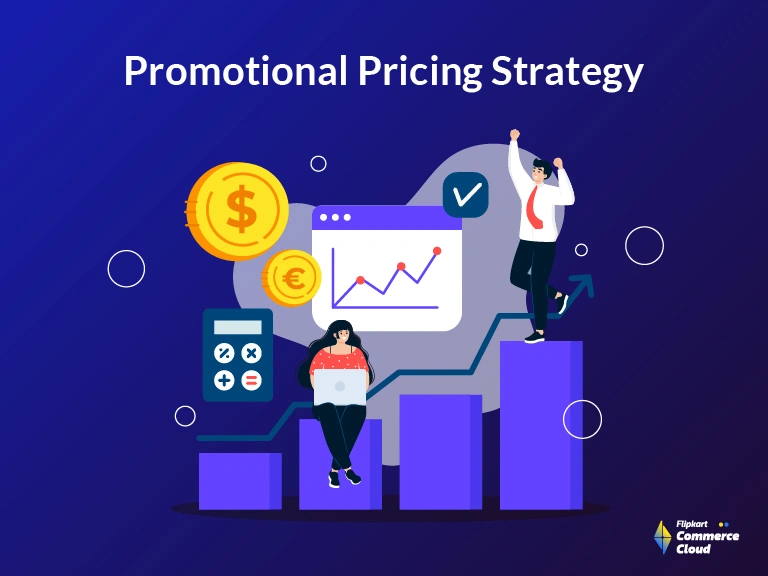
Retail Pricing Strategies: Winning with Promotion Pricing in Competitive Markets
Read More
Ad Tags: Enhancing Ad Serving Efficiency in Large-Scale Campaigns
Read More